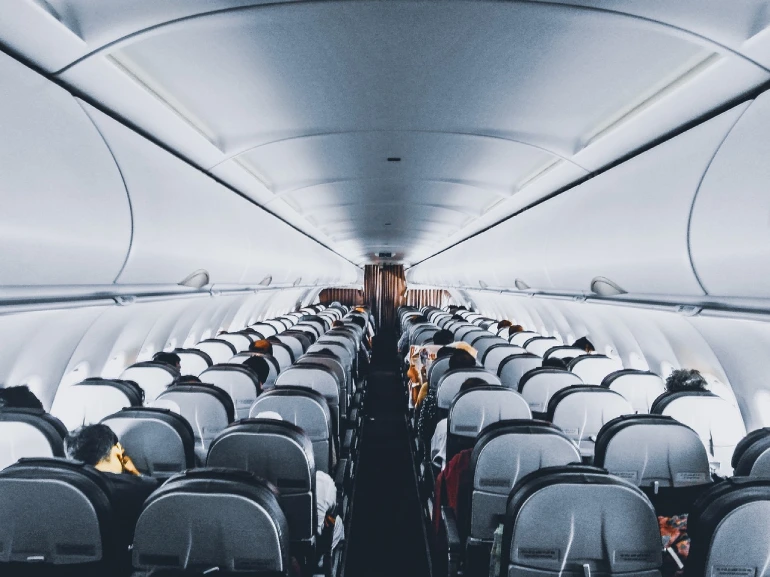- Southeast Asia faces infrastructure deficits and traffic congestion in public transportation.
- Emerging trends include smart technologies and a shift towards sustainable modes.
- Government initiatives involve investment in mass transit projects and policy support.
- The rise of Mobility as a Service (MaaS) improves accessibility and inclusivity.
- Challenges on the horizon include urbanization, population growth, and technological disruption.
Southeast Asia is a region teeming with diversity, vibrancy, and rapid urbanization. With its bustling cities and growing populations, the need for efficient and sustainable public transportation systems has never been more pressing. As the region continues to develop and modernize, it’s crucial to explore the trajectory of public transportation in Southeast Asia. This article will delve into the region’s current state of public transportation and make predictions about its future.
1. Current Challenges
Infrastructure Deficits
One of the primary challenges facing public transportation in Southeast Asia is inadequate infrastructure. Many cities lack comprehensive networks of trains, buses, and other forms of public transit, leading to congestion and inefficiency. Moreover, the existing infrastructure often struggles to accommodate the rapidly growing urban populations, resulting in overcrowded systems and unreliable service.
Traffic Congestion
Traffic congestion is another significant issue plaguing Southeast Asian cities. With rising levels of car ownership and insufficient public transportation alternatives, roads become congested during peak hours, leading to wasted time, increased pollution, and economic losses. Addressing this challenge requires not only enhancing public transportation options but also implementing measures to incentivize people to use them.
2. Emerging Trends

Adoption of Smart Technologies
One promising trend in the future of public transportation in Southeast Asia is adopting smart technologies. Cities across the region are increasingly integrating digital solutions such as real-time tracking systems, contactless payments, and ride-sharing platforms to improve the efficiency and convenience of public transit. These technologies enhance the passenger experience and enable authorities to better manage and optimize transportation networks.
Shift Towards Sustainable Modes
Recognizing the environmental impact of traditional transportation methods, there is a growing emphasis on sustainability in Southeast Asia. Governments and urban planners are promoting eco-friendly modes of transportation, such as electric buses, bicycles, and walking paths. By investing in sustainable infrastructure and incentivizing green mobility options, cities can reduce emissions and mitigate the effects of climate change.
3. Government Initiatives
Investment in Mass Transit Projects
Southeast Asian governments are ramping up investments in mass transit projects to alleviate congestion and improve mobility. From expanding metro networks to building high-speed rail lines, these initiatives aim to provide fast, reliable, and accessible transportation options for urban residents. Singapore’s SMRT is one of the most well-known in this field. Aiming to enhance connectivity and spur economic growth in the region, the SMRT CEO, Ngien Hoon Ping, is prioritizing public transit development to benefit everyone.
Policy Support for Public Transportation
Policy support is essential for fostering the growth of public transportation in Southeast Asia. Governments are enacting regulations and incentives to encourage the use of public transit, such as subsidizing fares, implementing car-free zones, and imposing congestion charges. These measures promote sustainable mobility, help reduce reliance on private vehicles, and alleviate traffic congestion.
4. Rise of Mobility as a Service (MaaS)
Integration of Multimodal Transportation
The rise of Mobility as a Service (MaaS) is revolutionizing how people navigate cities in Southeast Asia. MaaS platforms consolidate various transportation services, including buses, trains, taxis, and ride-sharing, into one seamless experience. By offering integrated ticketing, route planning, and payment options, MaaS enables commuters to easily switch between different modes of transport, optimizing their travel time and costs.
Accessibility and Inclusivity
One of the key benefits of MaaS is its potential to improve accessibility and inclusivity in public transportation. By providing on-demand services and accommodating diverse mobility needs, MaaS platforms empower seniors, persons with disabilities, and other marginalized groups to conveniently access transportation services. This fosters social inclusion and ensures that public transit remains accessible to all members of society.

5. Challenges on the Horizon
Urbanization and Population Growth
As Southeast Asian cities continue to urbanize and expand, the pressure on public transportation systems will only intensify. Rapid population growth and increasing urbanization rates will strain existing infrastructure and exacerbate congestion challenges. Addressing these issues requires proactive planning and investment in scalable and sustainable transportation solutions to accommodate the needs of growing urban populations.
Technological Disruption and Adaptation
While technological advancements offer promising opportunities for improving public transportation, they also pose challenges regarding adaptation and integration. As new technologies emerge, transit authorities must navigate data privacy, cybersecurity, and workforce reskilling issues. Moreover, ensuring equitable access to technology-enabled services remains a concern, particularly for underserved communities in remote areas.
The future of public transportation in Southeast Asia holds immense potential for innovation and transformation. By addressing current challenges, embracing emerging trends, and leveraging government initiatives, the region can create more efficient, sustainable, and inclusive transportation systems. From smart technologies and sustainable modes to government investments and the rise of MaaS, the trajectory of public transportation in Southeast Asia is poised for a positive evolution. However, navigating the complexities and uncertainties of urbanization, technological disruption, and population growth will require collaboration, creativity, and strategic planning from stakeholders across the region. As Southeast Asia continues to urbanize and develop, the future of public transportation will play a pivotal role in shaping the livability, sustainability, and prosperity of its cities.



